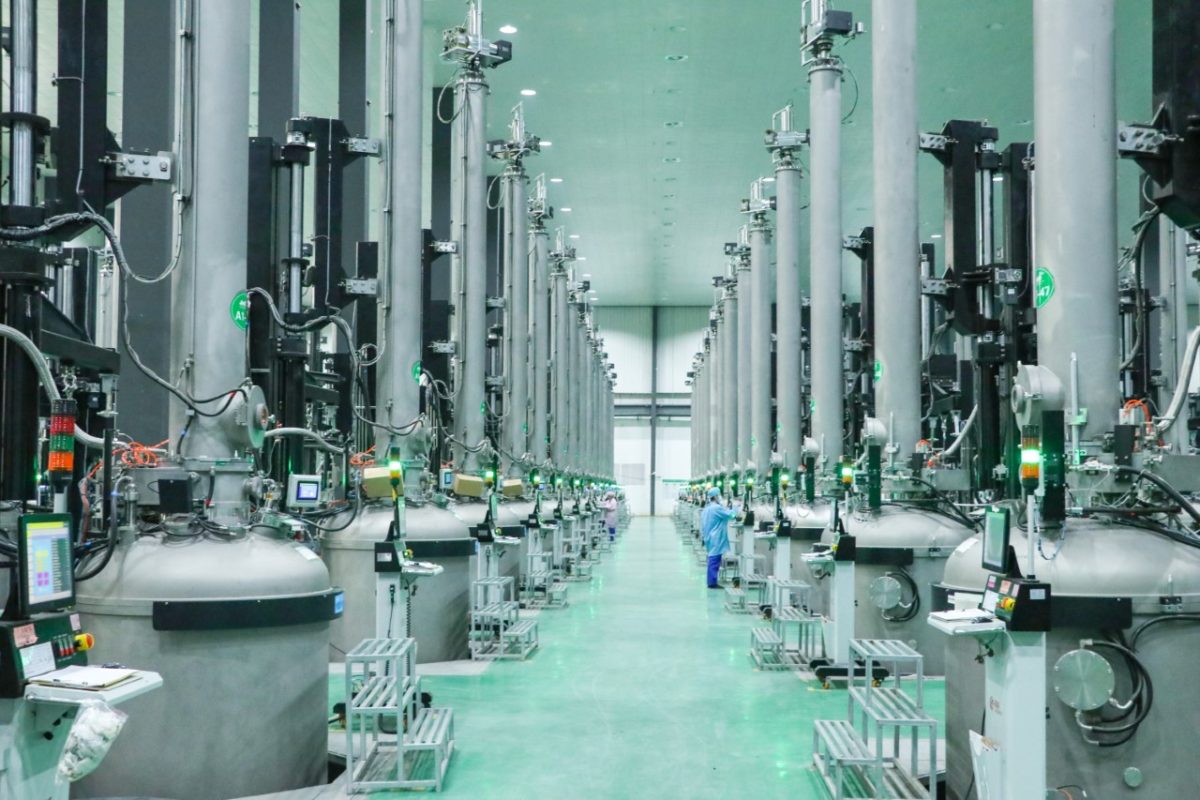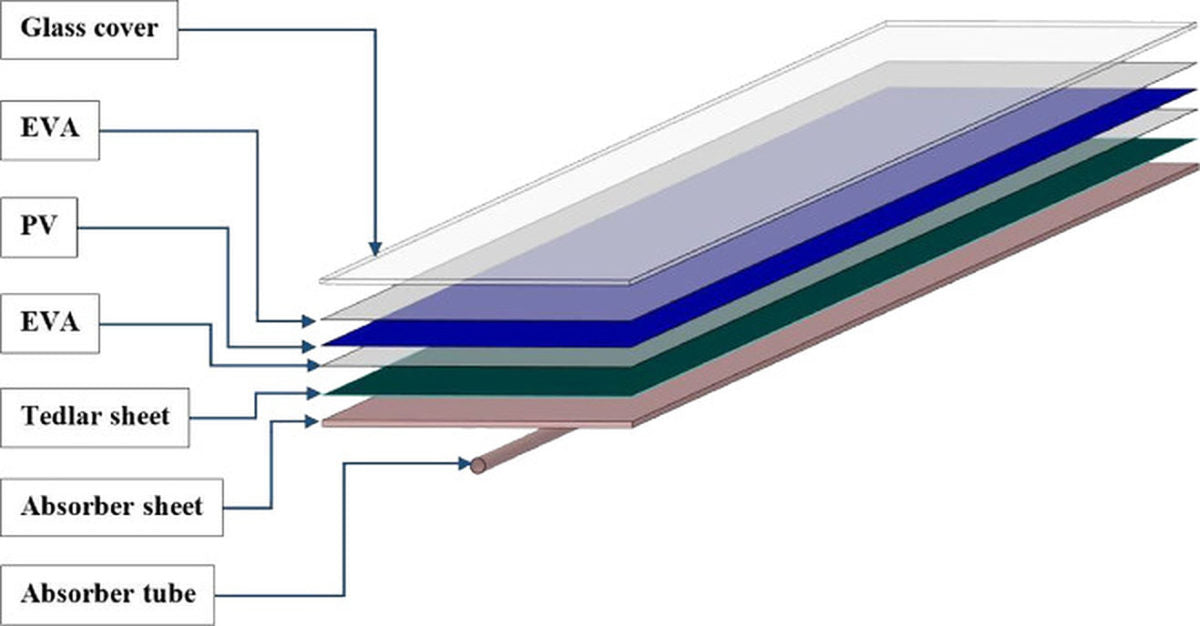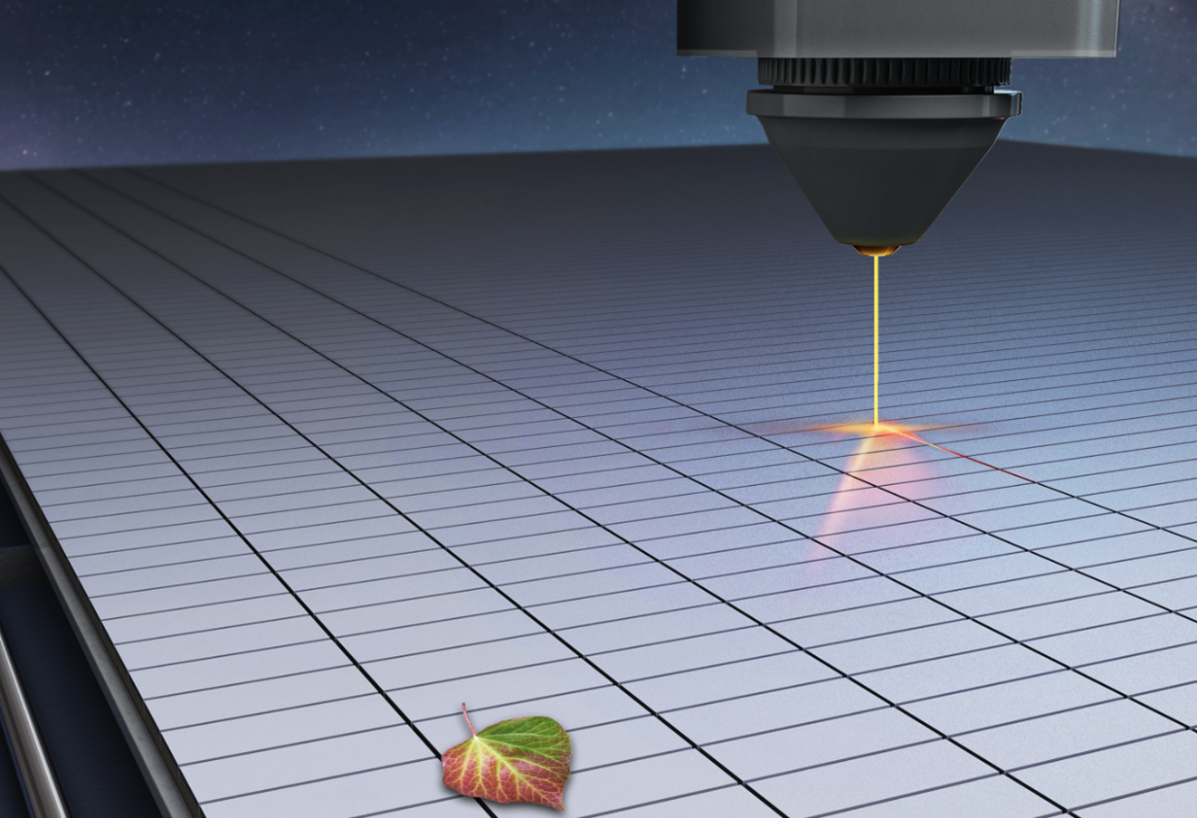https://www.pv-magazine-australia.com/2022/08/01/pv-industry-needs-12-times-more-polysilicon-production-capacity-by-2050/

JinkoSolar's polysilicon manufacturing facility in Xining.
Image: JinkoSolar
Researchers at Australia’s University of New South Wales (UNSW) seeking to assess polysilicon (poly-Si) demand for the PV industry, and assuming the world will have 63.4 TW of installed PV capacity by 2050, have concluded that current production capacity should be increased 10 to 12 times in order to achieve the target.
Their assumptions were based on the broad electrification scenario from the International Technology Roadmap for Photovoltaics (ITRPV), which assumes that PV will cover around 69% of the global primary energy demand and the solar industry will see its total production capacity increase to 1.4 TW per year in 2030 and to 4.5 TW by 2050. “The PV industry is expected to expand 7-15 times current PV annual production capacities by 2030, and annual growth rates in the range of 25-35% would be required to reach broad electrification,” they explained. “Further growth of 1.5 to 3 times in the subsequent 20 years to 2050 would also be required.”
Using the software OpenLCA, the scientists conducted a lifecycle assessment (LCA) of the polysilicon manufacturing stages from mining through to solar grade (SoG) ingot production, taking as a reference a 1 kg ingot. “The LCA was key in forming the basis for understanding the current environmental impacts of poly-Si production in the PV industry on a global scale,” they emphasised.
The researchers based their estimate of the PV industry’s current polysilicon consumption on average cell thickness (170 μm), efficiency (20%) and utilisation rate (70%), which they said would result in 2.83 kt per GW. “In 2021, the estimated poly-Si demand continued to grow to 549 kt, with poly-Si consumption slightly reducing to 2.88-3.27 kt GW,” they specified, noting that the 63.4 TW may require a capacity of up to 87 Mt of poly-Si.
The Australian group estimated the current learning rate of polysilicon at around 29.3 and said this should decrease to approximately 7.6 when the globally installed PV capacity reaches 3 TW. “Using the learning rates and the broad electrification scenario, the annual and cumulative poly-Si demands by 2050 are expected to be 1.8-5.7 Mt of poly-Si year and 46-87 Mt of poly-Si, respectively,” it further explained. “While silicon is an abundant element, it will still be a challenge to supply such a significant amount of poly-Si demand compared to the last year’s demand and supply of only about 0.5 Mt and 0.7 Mt, respectively.”
Through the LCA analysis, the academics found that, if fossil fuels are used, the carbon footprint of polysilicon manufacturing can be equivalent to 360-680 kg CO2 for 1 kg of silicon wafers or 0.5-1.1 kg CO2 for 1 kW. “Decarbonising the electricity source using renewable energy like hydropower or PV, however, can reduce the total cumulative emission of greenhouse gas emissions by 5.1-47.5 Gt of CO2 for broad electrification scenario,” they concluded.
They presented their analysis in the study “A polysilicon learning curve and the material requirements for broad-electrification with photovoltaics by 2050,” which was recently published in RRL Solar. The same research group assessed the required aluminium demand for the PV industry by 2050.
This content is protected by copyright and may not be reused. If you want to cooperate with us and would like to reuse some of our content, please contact: editors@pv-magazine.com.
<




